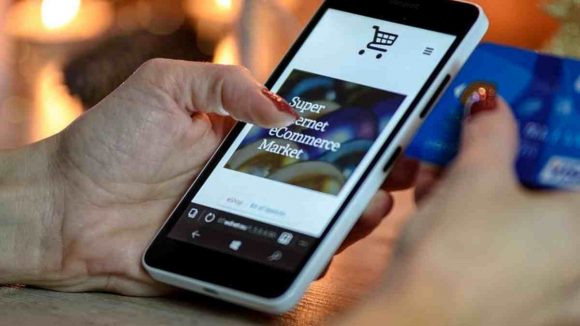We all want to feel emotionally connected with something or someone, in an instant world where time is a currency. Artificial Intelligence, Machine Learning, automation, augmented reality, and many more are helping customers to feel closer to the products that really mean something to them. Retailers must sit up and pay attention to these technologies that can cross that bridge with the latest technology on the market in 2023.
AI and ML shaping the future of retail technology
Amazon has been in the forefront of using Artificial Intelligence (AI) for decades. It’s not coincidental that the products a customer likes are recommended on his/her search feed. Machine Learning (ML) algorithm is taking the credit for that, paying close attention to what the customers are interested in based on previous shopping history, location and other habits.
According to G2 with the help of AI, the retail industry at large can boost its revenue to an annual high of more than $400 billion. There are also other futuristic trends that are leading the retail industry. Computer vision, driven by AI, is important for facial recognition and visual search.
Automation shaping the future of retail technology
According to McKinsey 52% of all retail activities can be automated with existing technology. It was found in a report published back in 2020 called “Closing the skills gap in retail with people analytics.” Automation helps a retailer perform repetitive tasks with minimal human intervention, like order fulfillment and contactless payments.
McKinsey Global Institute predicts that cashiers will soon become obsolete. The hours spent performing physical and manual tasks in retail will decrease to 18% in 2030. The hours spent performing basic cognitive skills will decrease to 24% in 2030. However the hours spent on tasks that require interpersonal and technological skills will increase dramatically.
Augmented reality shaping the future of retail technology
Trying on a product from a retailer virtually is a game changer for online shopping. Being able to try on shoes, lipstick, sunglasses without leaving your couch. It also boosts customer confidence and leads to more online purchases knowing how the product will look on the customer.
According to the Snap Consumer AR Global Report, 2021 interacting with products that have AR experiences leads to a 94% higher conversion rate, as individuals can better assess it and feel connected with brands. “The conversion rates that we’ve seen have surprised us, as a result we’re doubling-down on AR experiences to drive eCommerce,” revealed Robert Triefus EVP of brand and customer engagement at Gucci.
RFID and QR codes shaping the future of retail technology
Radio Frequency Identification (RFID) and Quick Response Codes (QR codes) help to speed up the process of stock-taking. QR Codes can store complex data in a simple way, while RFID tags are a bit more complex. It requires programming. It all depends on what is best for your business. RFID may be better for managing large inventory where scanning takes place in bulk.
The RFID tag is a small microchip mostly made of plastic or paper, that stores simple data of the product. The dimensions and weight etc. To read the tag you need a scanner, which accesses the information using radio waves. It doesn’t require any internet connection to work.
QR Codes on the other hand is a 3D-barcode. It can store complex information and only needs a smartphone with a camera and simple software to read the data. There’s space for more than 4 000 characters of text on a QR code.
About the author
Mia is a multi-award-winning journalist. She has more than 14 years of experience in mainstream media. She's covered many historic moments that happened in Africa and internationally. She has a strong focus on human interest stories, to bring her readers and viewers closer to the topics at hand.











